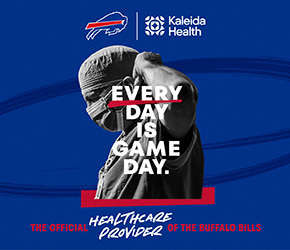What is Sickle Cell Disease?

Sickle cell disease (SCD) is a group of inherited red blood cell disorders where the normal round and flexible blood cells become rigid and sticky, shaped like a sickle or crescent moon. This causes them to block small blood vessels, leading to pain, organ damage, and other health issues, according to the CDC, Prevention, and MedlinePlus. SCD is most common among African Americans, but it also affects people of Hispanic, South Asian, Mediterranean, and Middle Eastern backgrounds.
Sickle cell disease (SCD) results from genetic mutations in the HBB gene, which produces hemoglobin, the protein in red blood cells that carries oxygen. People with SCD inherit two copies of the mutated HBB gene, one from each parent, leading to the production of abnormal hemoglobin.
Symptoms of SCD include:
- Pain: Pain occurs when sickled cells block blood vessels, reducing blood flow to tissues and organs.
- Anemia: Because sickle cells break down more quickly than normal red blood cells, people with SCD often have a shortage of healthy red blood cells, leading to fatigue and shortness of breath.
- Swelling in hands and feet: Painful swelling of the hands and feet is a common early symptom in children.
- Jaundice: Yellowing of the skin and eyes occurs due to the breakdown of red blood cells.
- Delayed growth and puberty: SCD can hinder development because of reduced oxygen and nutrients.
- Vision problems: Sickled cells can block blood vessels in the eyes, potentially damaging the retina and causing vision loss.
- Other potential complications: Other complications include stroke, acute chest syndrome, and splenic sequestration.
Treatments include over-the-counter and prescription pain medications. Hydroxyurea can help lower the frequency of painful episodes. Blood transfusions help increase healthy red blood cells and decrease sickled cells. Stem cell transplants are a possible cure but carry risks.











